Labor efficiency remains a top priority for hotels. Training new employees can take weeks or even months, especially when staff encounter complex legacy systems for the first time. With turnover rates higher in the hotel industry than in any other economic sector (1), this cycle becomes a constant drain on managers’ time and productivity.
Why Poor UX in PMS Systems Is Slowing Down Hospitality Teams
To better understand how a modern property management system (PMS) with intuitive user experience (UX) can drastically reduce onboarding time and improve operational efficiency, Cloudbeds partnered with professors from NYU’s Tisch Center of Hospitality. The PMS User Experience Report surveyed 500 employees across five countries, gathering insights from both frontline workers and managers on their PMS experience.
The findings were clear: PMS platforms fall short, with outdated interfaces and manual workflows that make even basic tasks tedious. These issues don’t just frustrate staff – they extend training time, lower productivity, and contribute to the industry’s high turnover.
This article explores why PMS training has been historically so challenging and how choosing an employee-friendly system with good UX can drastically improve the process.
The Realities of PMS Training
Training staff on PMS platforms is rarely simple. Outdated interfaces, inconsistent training methods, and limited vendor support can slow onboarding and strain resources. As turnover remains high, these challenges compound—impacting productivity, consistency, and staff retention.
Let’s look closer at the realities of PMS training.
Complex and Non-Intuitive Systems
While many PMS systems are packed with robust features, they’re often buried under outdated interfaces. Younger staff accustomed to intuitive app-like tools and software, struggle more with clunky legacy systems.
Instead of a straightforward onboarding experience, employees are forced to memorize complex workflows and shortcuts, which slows productivity and extends training timelines. Without prior experience, new staff require extensive training or trial-and-error learning.
Training Methods that Strain Resources
Properties have various methods for training staff on PMS systems, yet these often drain resources. According to the PMS UX Report, 73% of hotel employees are trained in person by a supervisor or colleague – a method that pulls experienced team members away from their core duties.
Training by way of job shadowing prolongs the onboarding process and takes valuable time away from guest-facing tasks. While vendor-led training sessions are another option, these sessions are often inflexible, costly, and not always practical for properties experiencing high turnover.
Inconsistent Training and Lack of Standardization
Many hotels often lack a standardized process to train new hires on PMS systems. Employees may use the same PMS in different ways, creating knowledge gaps and generating inconsistent best practices.
This is compounded by software integration challenges: 26% of employees state their PMS does not communicate well with other tech systems.
High Employee Turnover
Despite the best intentions with training new employees, hotels are undermined by significantly high turnover rates. Over 20% of respondents with less than a year of experience at their current hotel job said they were likely to leave. With high turnover rates, training new staff repeatedly becomes an operational burden.
When staff aren’t equipped to perform confidently and efficiently, this leads to frustration and burnout, perpetuating the cycle. These increasing rates of turnover may also indicate more significant problems within the property, including poor communication and management.
Limited Support from PMS Vendors
Training doesn’t end once orientation has wrapped up – it depends on ongoing support. While a positive user experience can help staff become proficient in PMS systems quicker, many PMS vendors fail to offer comprehensive training and on-demand learning resources, like videos, how-to guides, and interactive demos.
Without quick access to help, frustration arises, errors multiply, and staff morale plummets.
The Impact on Hotels
Subpar PMS training is highly detrimental to hotels looking to acclimate new hires. Poor user experience resulting from archaic systems has lasting impacts on property performance and operations, as well as employee morale and guest satisfaction. Let’s dive into the potential downsides of the impact of poor PMS training.
Lost Time
Despite advancements in hotel technology and automation, training for both new and experienced staff can remain a highly manual process. Hotel managers spend hours conducting in-person training, taking them away from servicing and helping guests. In turn, this increases labor costs as additional staff are required to manage the front desk and lowers overall productivity.
Financial impact
Poor PMS training can be incredibly costly for hoteliers looking to train new employees. Formal training sessions with PMS vendors and job shadowing between junior and senior staff members can result in lost revenue.
What’s more, when new staff members eventually move to the front desk, they struggle to efficiently perform tasks, especially with guests present. This results in operational errors during guest interactions or billings and lost upsell revenue potential.
Reduced Service Quality
Staff members in the midst of PMS training can create a ripple effect throughout the property, especially for general managers balancing onboarding processes while serving guests. With new staff members frequently asking for assistance throughout their training, this can reduce the service quality guests experience when staying at the property.
What is ‘Good’ PMS UX and Why Does It Matter?
PMS user experience is how your staff feel when interacting with your property management system. It also encapsulates how they feel when performing select tasks via the PMS, too. User experience looks at how easy and efficient the system is to use and the intuitiveness of its navigation and features.
How your staff feel and perform when using your PMS not only lends itself to simplified operations; it can also generate an emotional response. 38% of hotel employees report that their experience with the PMS played a role in their decision to leave a job.
Characteristics of Good PMS UX
So, what should you consider when looking for your next property management system, and how do you ensure its UX is aligned with your property and staffing needs? Here are six features to look for that comprise characteristics of a good PMS UX.
1. Intuitive Navigation
Intuitive navigation is an incredibly important characteristic of a supportive and reliable PMS user experience. A PMS with top-notch UX is clean with limited clutter throughout its interface. It also requires minimal clicks for staff looking to navigate quickly and efficiently, when accessing various functions, performing daily operational tasks, and servicing guests.
2. Customizable Dashboards
Good PMS UX offers hoteliers customizable, yet centralized dashboards to help improve operational efficiency and enable faster training with tailored workflows.
Look for customizable dashboards that are scalable as your property expands and enable your staff to implement new processes quickly and easily.
3. Contextual Training Tools
Another valuable characteristic contributing to effective PMS UX is contextual training, particularly through the use of AI tools for hotels.
Designed to handle various types of data at once, multi-modal AI tools, in particular, simplify how information is processed and applied. This next generation of AI brings together information to shorten the learning curve for new team members and makes onboarding more efficient.
4. Smart Features
Drag and drop calendars, helpful reminders, and detailed alerts, are all smart features that contribute to a positive PMS user experience.
While different hotels have unique tech stacks with their own set of requirements, a PMS that offers flexible integration capabilities not only ensures smart features work in tandem but that incoming data is able to flow seamlessly between your systems.
5. Intelligence Tools
Effective PMS UX should also entail systems that bring together data to enable hoteliers to make fast, informed decisions, like causal AI. This specific branch of AI uses distinct models and algorithms to analyze billions of forward-looking data points to guide real-time decision-making. For example, it can help hotels forecast demand and implement relevant and timely marketing strategies to increase revenue per available room (RevPAR).
How Good UX Addresses the Training Problem
Intuitive user experience is one of the most effective solutions to the PMS training challenge. When systems are easy to navigate and supported by built-in resources or support, new hires can get up to speed faster, often without needing hands-on instruction, especially if a PMS comes equipped with self-guided learning.
This reduces onboarding time, minimizes costly errors, and improves employee confidence. Long-term, a well-designed user experience doesn’t just ease training – it lends to higher employee retention rates, reduced training costs, and frees up managers to focus on high-value, guest-facing work. A PMS with good UX empowers your employees to do their jobs right from day one.
A well-designed PMS with intuitive UX is more than a tool; it’s a catalyst for faster onboarding, reduced errors, and improved staff morale. Investing in employee-friendly systems helps hotels break the turnover cycle and unlock lasting operational efficiency.
Free Report: The PMS UX Report – User-Friendly Design Drives Success
The PMS User Experience Report explores how user-friendly property management systems impact hotel staff efficiency, training, and retention. Based on a survey of 500 employees, it highlights key challenges and the role of intuitive design in improving hospitality operations.
Click here to download the report “The PMS User Experience Report – How User-friendly UX Drives Success”.
More Tips to Grow Your Business
Revfine.com is the leading knowledge platform for the hospitality and travel industry. Professionals use our insights, strategies, and actionable tips to get inspired, optimize revenue, innovate processes, and improve customer experience.Explore expert advice on management, marketing, revenue management, operations, software, and technology in our dedicated Hotel, Hospitality, and Travel & Tourism categories.
This article is written by our Expert Partner Cloudbeds
Partner Page(1) Employee turnover dynamics in the hospitality industry vs. the overall economy

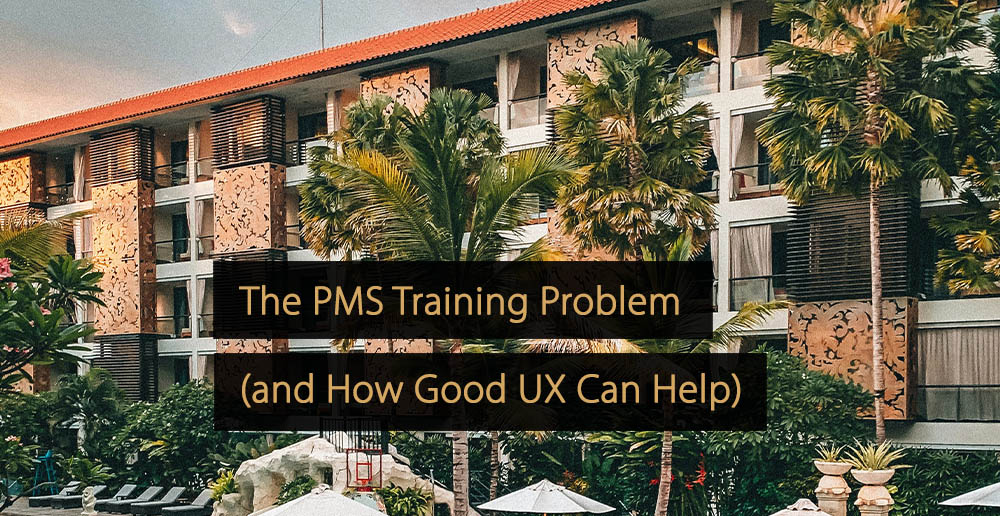
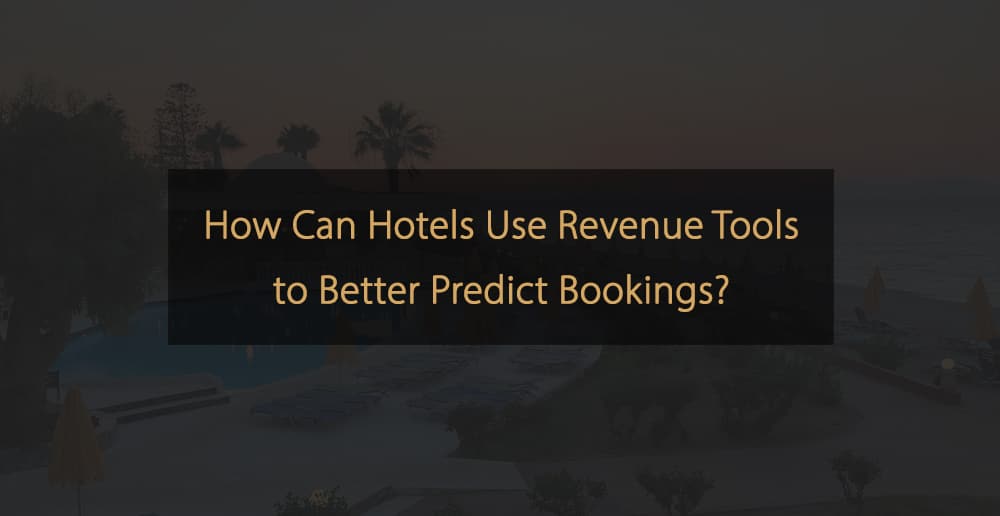
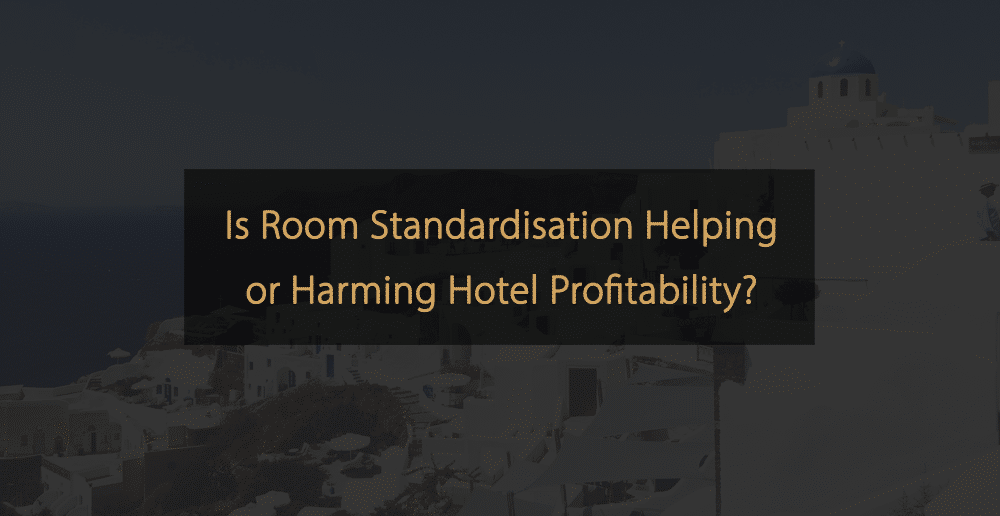
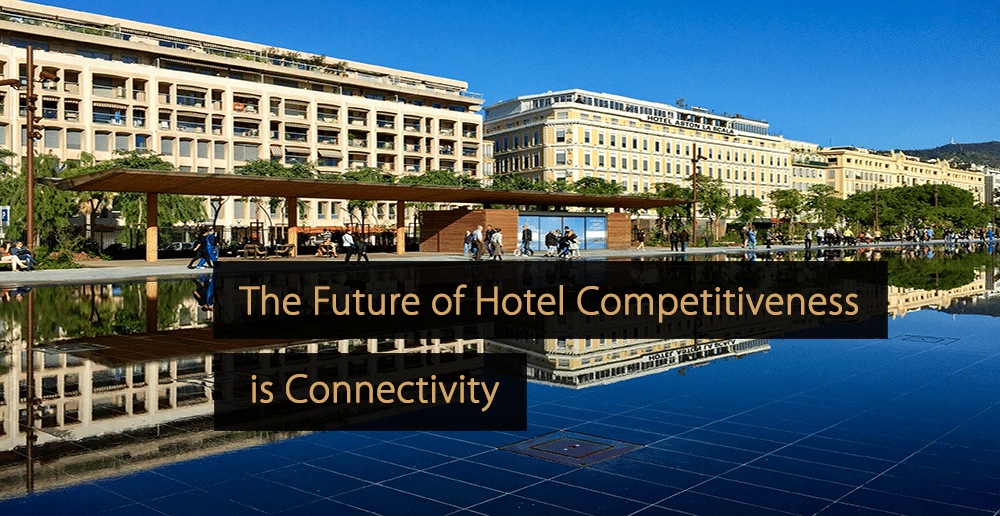
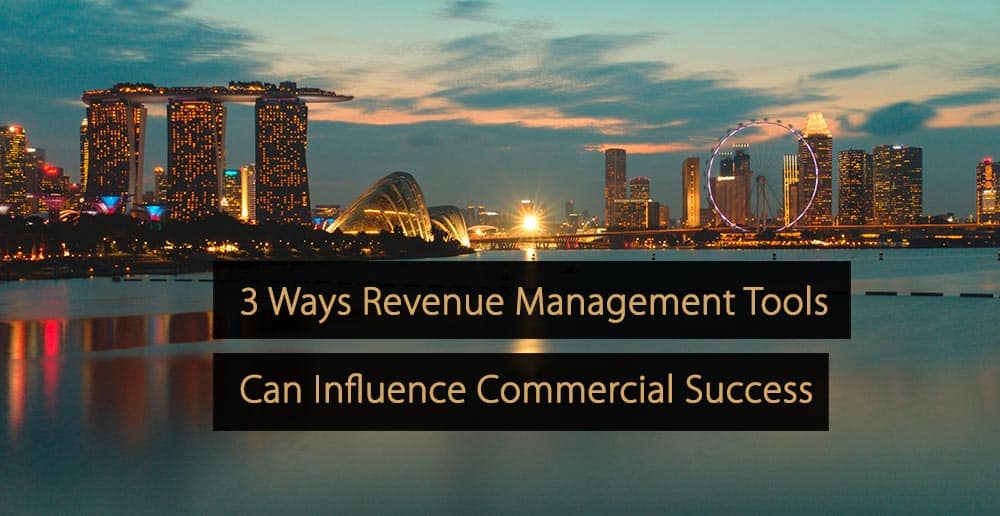
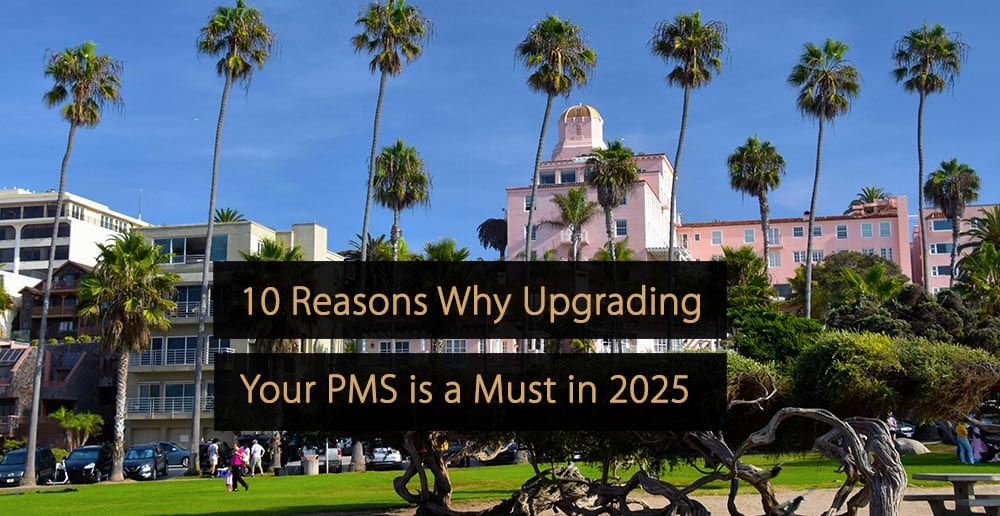
Leave A Comment